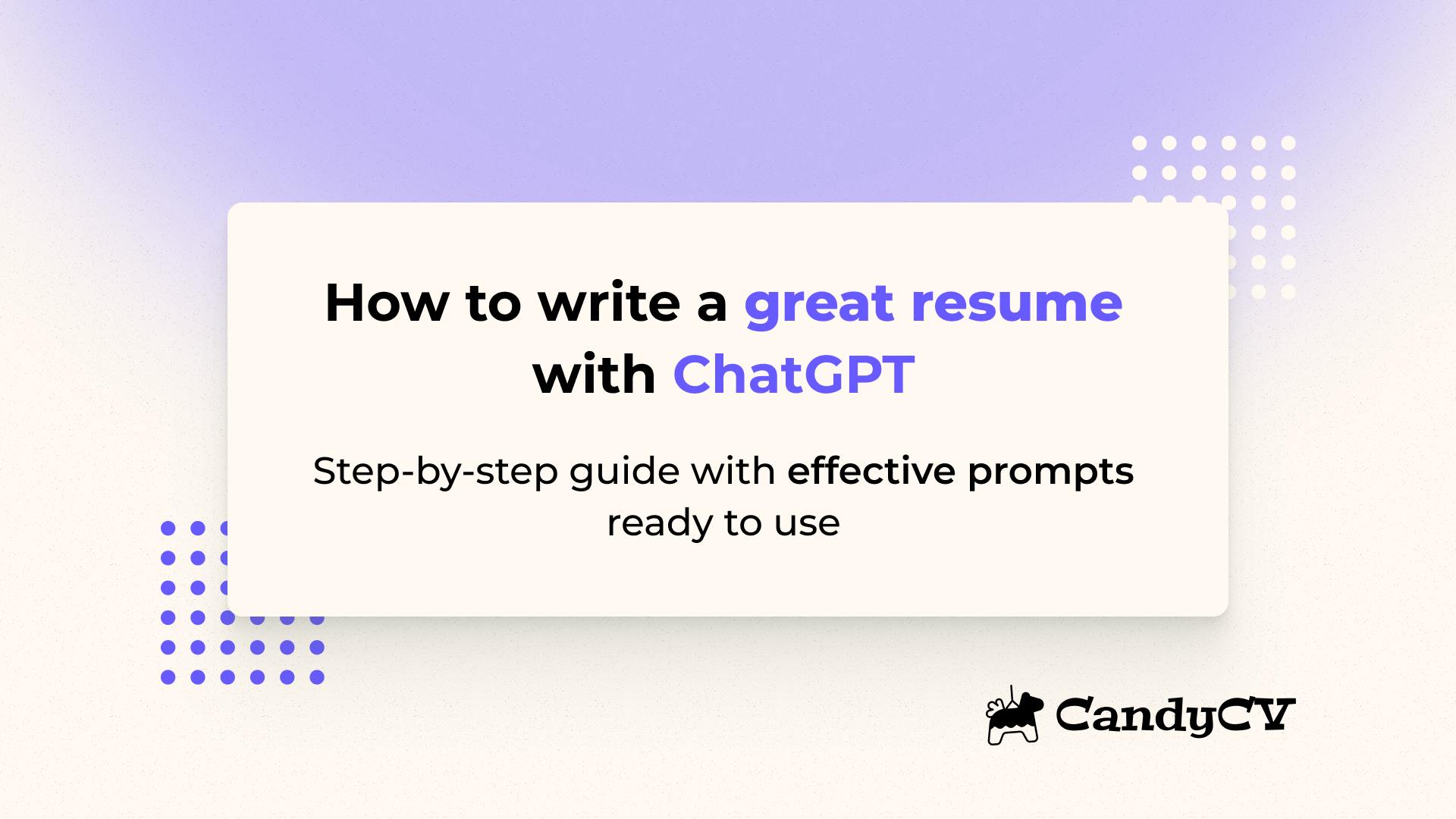
How to create a resume with ChatGPT: step-by-step guide with effective prompts
The first step to creating your resume with ChatGPT is not creating your resume with ChatGPT.
It sounds weird, but it makes complete sense: the more authentic, genuine, and unique your resume is, the more chances you have to stand out. That doesn’t mean you can’t lean on ChatGPT (or any other LLM) to improve your resume, but never to create it.
No matter how polished ChatGPT’s output looks, remember: it’s trained on what already exists on the Internet, on the normative and standard. By nature, it tends to give you a standardized version of anything. And standardizing yourself is risky as it makes you interchangeable. The same answer you get today will be given to someone else tomorrow if they ask the same thing.
The only way to escape the generic and show why you deserve the call is by being clear on who you are, what makes you different, and how to communicate it. Only if you bring that context to ChatGPT will it help you build a resume that truly reflects your value, instead of sounding like anyone else with the same job title.
But most people don’t know how to ask for what we need from ChatGPT, and we don’t provide enough context. And this is importante because the quality of the answer depends on the quality of the prompt.
In this guide, you’ll learn step by step:
- How to use ChatGPT to improve your resume without losing authenticity.
- Example prompts for every step of the resume-writing process.
- Common mistakes when using AI to create a resume (and how to avoid them).
- Risks and downsides of using ChatGPT to write your resume.
- The best alternative to ChatGPT for creating a professional resume.
5 steps to create your professional resume with ChatGPT
This is not about telling ChatGPT “make me a resume” and copy-pasting what it gives you. Nor is it about pasting a job description and asking for a resume that “matches.” The key is to use it as a tool to reflect, structure, and polish your narrative.
Here are 5 practical steps (with ready-to-use prompts) that will help you get the most out of AI without losing your authenticity:
Step 1: prompt to uncover your strengths for the resume
Most people write their resume from the perspective of tasks: “what have I done?”. The real power comes from writing it based on what makes you unique: your strengths, what motivates you, and the environments where you thrive. You need to force ChatGPT to ask questions, go deeper, and make you reflect in a coaching-style flow. It’s not enough to just give it data; it needs to come back with questions before drawing conclusions.
Here’s a great prompt you can use:
- Ask me 5-7 very specific reflection questions about past experiences: moments I enjoyed most, tasks I excel at, problems I solved, recurring feedback I’ve received, etc.
- From my answers, synthesize 4–6 specific strengths (not generic), 2-3 weaknesses, and 2 key motivators.
With this prompt, ChatGPT first asks questions like “what feedback do you hear most often?”, “what tasks drain your energy?”, “which project made you most proud?”; and only then synthesizes strengths. That way, it becomes a true reflection tool.
Step 2: prompt to explore career paths and expand your opportunities
When job searching, we often look for “more of the same”: the same title we already hold, or small variations of it. But the real opportunity comes when you combine your strengths, motivators and skills (from Step 1) with a broader view of the market. That’s where roles you’ve never considered may emerge, and they could be a natural next step for you.
For example, someone with experience in customer support who identifies strengths in empathy, creative problem-solving, and communication could branch into roles like customer success, user training, community management, or even consultative sales. Different titles, but built on the same foundation.
If you only search for synonyms of your current role, you limit yourself. ChatGPT can help you discover both: variations of your current title and related roles where your strengths fit just as well (or even better).
- What alternative job titles exist for my current role (the most common ones across companies or countries).
- What other roles or career paths I should consider, where my strengths and motivators would fit well even if I hadn’t thought of them.
Step 3: prompt to turn your work experience into achievements
A common mistake in resume writing is focusing on task descriptions (“I was responsible for coordinating projects”) instead of showing real impact (“coordinated a project that reduced delivery times by 30%”). The difference between a standard resume and one that stands out lies in achievements and the value you brought.
This is where ChatGPT can help if you give it the detailed context it needs: the projects you’re most proud of, who you helped, what changed thanks to your work, what skills you developed, and the challenges you overcame. With that information, it can generate strong impact-driven bullets that you might not have thought of yourself. The clearer you are, the more useful the output.
- Detect possible achievements hidden behind those tasks.
- Suggest how they could be expressed in terms of impact (even if I don’t provide exact numbers, give me ideas of how to estimate them).
- Turn them into resume-ready bullet points, focused on results and impact.
If you don’t have hard numbers, explain qualitatively what you improved or changed and why that mattered.
Step 4: write your version of the resume and ask ChatGPT to polish it
Now that you know your strengths, motivators, and achievements (and have uncovered interesting alternative roles) you can start building your resume. But don’t ask ChatGPT to create it for you.
LLMs like ChatGPT are much better at evaluating and improving existing text than creating it from scratch. And nobody can write about you more authentically than you. The ideal sequence is:
- You write the first version of your resume, even if it’s a rough draft.
- Then ChatGPT reviews and polishes it: improving clarity, conciseness, bullets, keywords, and tone, while respecting your style.
Here’s a strong prompt for this step:
- Improve the clarity, conciseness, and strength of bullets and sections.
- Flag any phrases that sound generic or weak, and suggest improvements.
Even if you use ChatGPT to polish, remember: it’s not a career expert. It hasn’t been trained in employability best practices, so the resume you get won’t be a guaranteed success.
Step 5: prompt to tailor your resume to a specific job posting
Once your resume is polished and authentic, the next step is customizing it for the jobs you’re applying for. A general resume may not stand out if it doesn’t reflect exactly what the employer is looking for. Here, ChatGPT can help highlight the most relevant keywords, experiences, and achievements; and even reorganize information to better match the job description.
-
Analyze the job description and identify the most important skills, responsibilities, and achievements that should be reflected in my resume.
-
Review my resume and:
a) Prioritize the bullets and sections that align best with the job.
b) Suggest improvements in wording to emphasize impact and relevance.
c) Flag irrelevant bullets or sections that could be shortened or removed.
-
Maintain my voice and authenticity; avoid generic wording or copy-pasting from the job posting.
-
Return:
a) A tailored version of my resume, ready to send.
b) A summary of the changes made, with the strategic reasoning behind them.
With this prompt, ChatGPT helps make sure your story aligns strategically with what the company is looking for, spotlighting relevant achievements and adjusting your narrative without losing your voice.
Risks and problems of using ChatGPT to create your resume
While ChatGPT can be a powerful ally for polishing your resume, using a general-purpose AI to build your resume comes with important drawbacks you should know before investing time and effort:
1. High time investment with uncertain return
Everything we’ve outlined requires significant time and patience, two things you usually don’t have when job searching.
ChatGPT always needs detailed context, rewritten prompts, reviewed outputs, and adjustments. And you’ll need to do this every time you want to iterate or update your resume, over and over again.
This eats up valuable time, and the return is uncertain: ChatGPT can hallucinate, make things up, or provide shallow results. After all that effort, it may not actually improve your job opportunities.
2. ChatGPT is not trained for employability
It’s a generalist AI. It hasn’t been trained with the critical eye of a recruiter, nor does it know how to evaluate an effective resume precisely. That’s why, even if you follow the prompts shared earlier, the result may fall flat or sound generic.
3. It doesn’t guide you on what to include or how to prioritize
The real power of a strong resume lies in choosing what to include and telling it in the best possible way. ChatGPT doesn’t teach you to identify what truly matters; it only transforms what you give it. It can’t replace human judgment or a structured framework that guides you to uncover and prioritize the right content, the way a career coach or a specialized product such as CandyCV would.
4. Output quality depends on which version of ChatGPT you use
If you’re using the free version, the response quality is not the same as in more advanced models. That means more iterations, more corrections, and more wasted time for results that may still lack consistency.
Why CandyCV is the best alternative to ChatGPT for resume creation
If you want to solve all of these problems effectively, the most reliable alternative is CandyCV.
CandyCV integrates a career coach powered by AI specifically trained in employability and resume creation, aligned with recruiter processes and preferences. That means:
- Step-by-step guidance, asking you exactly what’s needed to build an authentic, strategic resume.
- Optimized prompts built in, so you don’t waste time reinventing or testing variations.
- All your information is organized and stored, avoiding repeated context and ensuring no detail is lost.
- Consistent, high-quality responses, powered by advanced AI models.
- Designed so that AI is useful and integrated into your workflow, not just a “prompt generator” like other tools charging for what you could already do with ChatGPT for free.
CandyCV is not just a set of prompts, but a complete tool that turns AI into a real career assistant, helping you create a professional resume without losing authenticity or wasting time.
Frequently Asked Questions (FAQs)
What are the risks of writing a resume with ChatGPT?
Using ChatGPT to create a resume can lead to generic, one-size-fits-all results because it’s a general-purpose AI. Also, it isn’t trained for job search or hiring, so it may suggest standard phrases that fail to highlight your unique value. Therefore, doing it right takes a lot of time: each draft requires detailed context, a definition of a great resume, strong prompts, and thorough revisions. Yet the payoff in actual job opportunities isn’t guaranteed. Without a guided process, it’s easy to make mistakes that weaken your resume.
Does using ChatGPT to write a resume save time?
Not really. In practice, using ChatGPT can be inefficient and time-consuming. Every iteration requires you to feed in context, refine prompts, and review the results. The quality also depends on the version you use: the free version, for example, often delivers less accurate or consistent answers, which means more editing and more time invested without ensuring a stronger resume.
What’s the best alternative to ChatGPT for building a professional resume?
The most reliable option is to use specialized AI resume builders like CandyCV. Unlike ChatGPT, CandyCV is trained specifically in employability. It acts like a career coach: guiding you step by step, using optimized prompts, and organizing all your information to create a resume that’s authentic, strategic, and recruiter-ready without wasting time on endless trial and error.
Can ChatGPT replace a professional resume writer or career coach?
No. ChatGPT is a generalist AI and isn’t trained to evaluate resumes like recruiters do. A human expert or a specialized tool like CandyCV can help you prioritize key achievements, highlight your strengths, and ensure your resume is both authentic and competitive; something ChatGPT alone can’t guarantee.
Why do ChatGPT-generated resumes all look the same?
Because ChatGPT works by predicting patterns from existing internet text. If you don’t provide highly specific context about your skills, achievements, and career goals, it will default to cookie-cutter phrases that could appear in anyone’s resume. Authenticity depends on what you feed it, not on the AI itself.
We're two product builders who care about quality, taste and doing things right. We want you to get that job you want, plain and simple. That's why we are building CandyCV to help you create a great resume and land a job for free. If you give us a try (and feedback!), we'll be forever grateful 😊
Alba Hornero
Co-founder and Product Builder
As CandyCV’s co-founder and a former product lead in HR tech, I’ve built ATS tools, optimized hiring processes, and interviewed hundreds of recruiters. I personally write every post with the intention to provide real, high-impact job search advice that truly helps you land your next role.
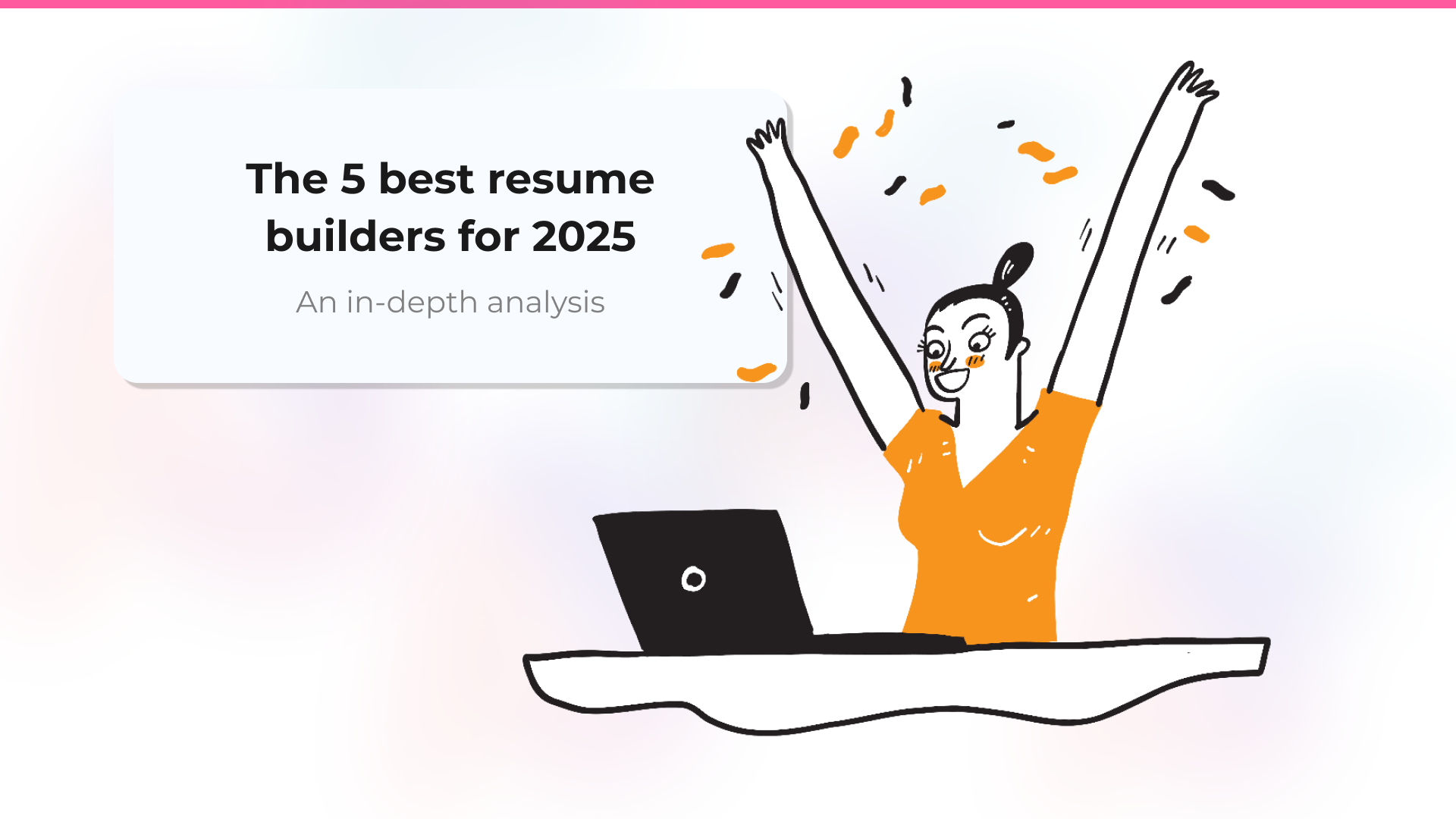
The 5 best resume builders for 2025: an in-depth analysis
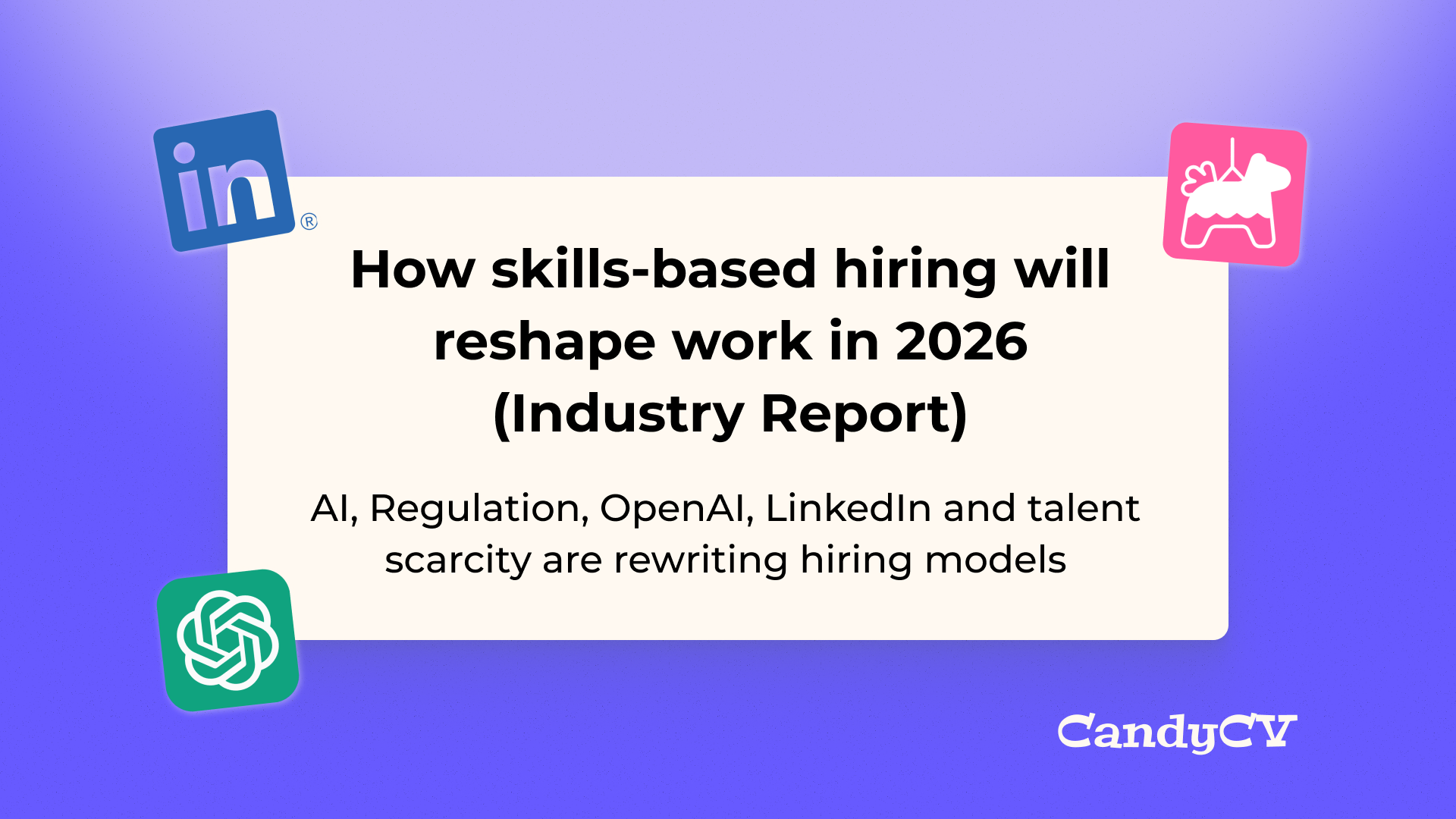
The skills-based hiring report: what it is and how it will reshape work in 2026
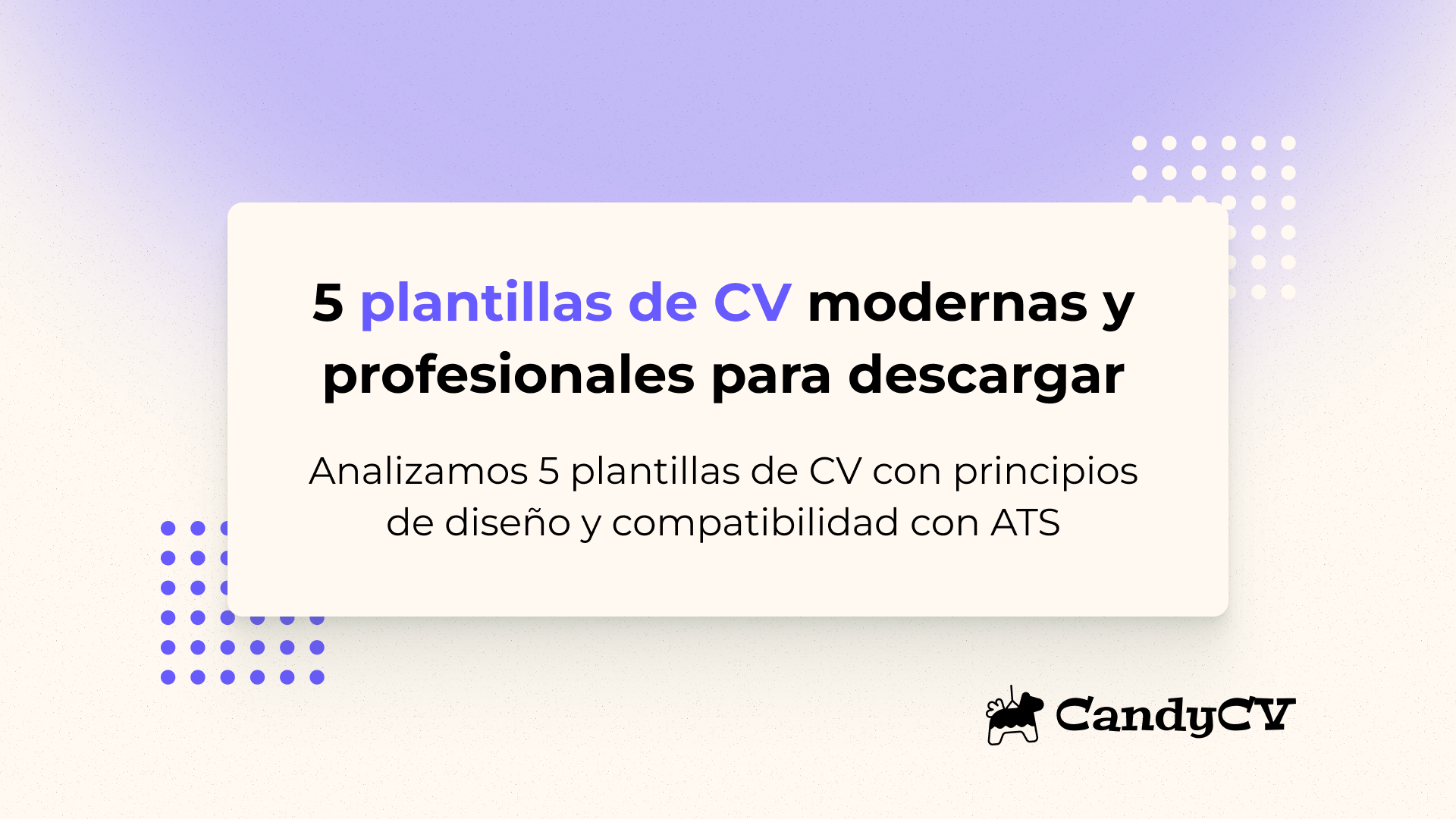
Download 5 free modern and ATS-friendly resume templates (design analysis)
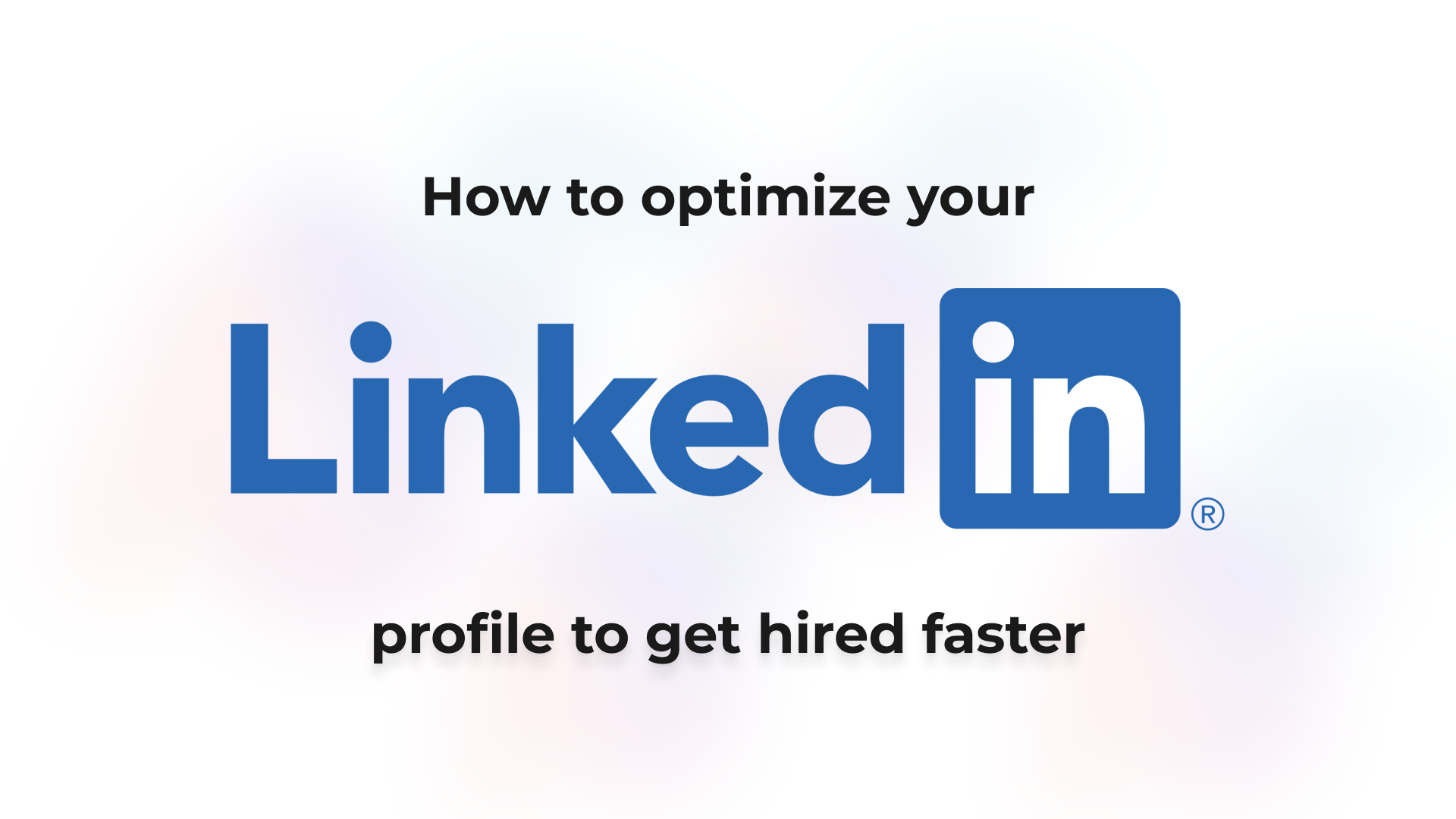
How to optimize your LinkedIn profile in 2025 and find a job faster
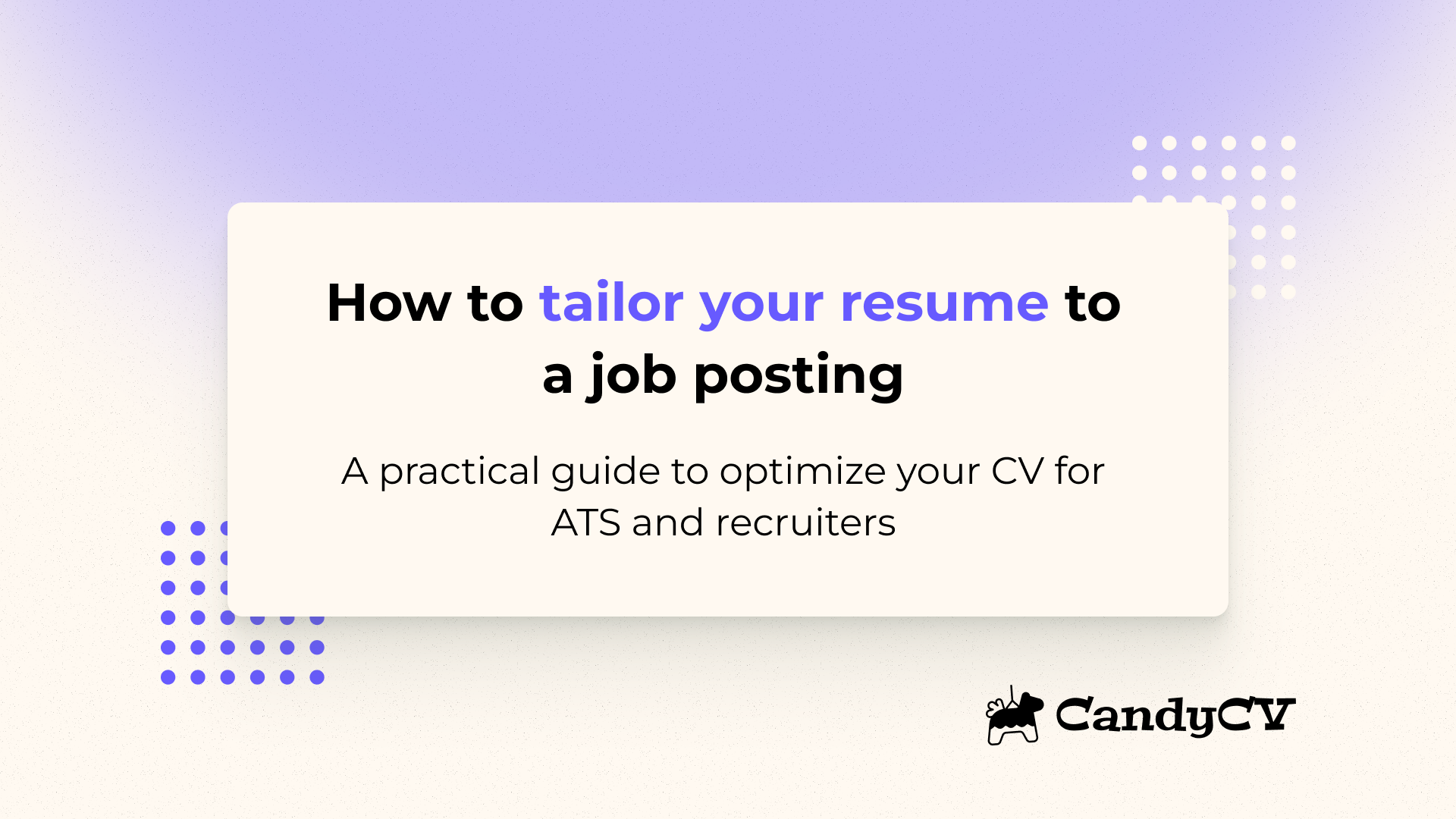
How to tailor your resume to a job posting: guide to customize your resume and rank in ATS
